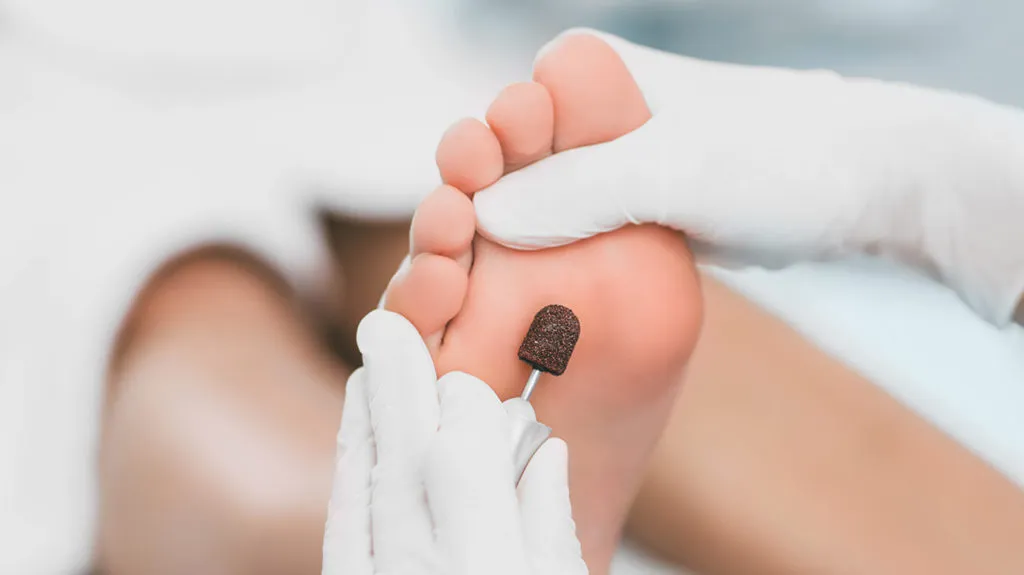Contracting illnesses or sustaining wounds in your ankles or feet is common. This is because they go under a lot of stress, especially if you lead an active lifestyle. So, if you have issues with your feet or ankles, would you visit an orthopedist or a podiatrist?
Although they have different focuses, both medical specialities can address problems relating to the feet. Let’s examine what distinguishes these two specialities and who you should contact if you have issues with your feet or ankles.
Describe a podiatrist.
A physician who focuses on treating feet and ankles is a podiatrist. Experts in the musculoskeletal, neurological, dermatological, and vascular systems of the foot and ankle are podiatrists. For foot-related issues, they use conservative and surgical therapies. A foot doctor can help with the following foot ailments:
- arch issues
- Bone conditions
- Bunions
- Foot Corns
- tumors and cysts
- Toe and heel spurs
- an ingrown nail
- Infections
- Fractures
- Sprains
- Ulcers
Podiatrists sometimes collaborate with other medical professionals to address more complicated medical conditions. For example, because diabetes can result in inadequate blood circulation damaging your lower limbs, podiatrists frequently contribute to diabetic foot care.
An orthopedist is what?
Orthopedists can treat issues with the ankle and foot similarly to podiatrists. Orthopedists, however, provide general musculoskeletal care. They are interested in the body’s bones, muscles, ligaments, and joints, not just those in the foot and ankle.
An orthopaedic doctor, as opposed to a podiatrist, treats the spine, hips, and other body components in addition to the foot and ankle. Orthopedists are experts in bones and joints, and podiatrists are foot and ankle doctors.
Orthopaedic surgeons can treat numerous musculoskeletal problems. These issues include congenital disorders, back discomfort, joint pain, and sports injuries. Orthopedists generally deal with illnesses like:
- Arthritis
- the neck and back
- back pain
- shoulders hurt
- Palmar-plantar syndrome
- Fractures
- soft-tissue damage
- Meniscus tears and tendinitis are common sports ailments.
- Clubfoot\sScoliosis
Some standard therapies orthopedists use are physical therapy, drugs, exercise regimens, acupuncture, mobility aids, and injections. For more complex problems, orthopedists might advise surgery if none of these therapy options is successful.
How Do You Decide Between an Orthopedist And A Podiatrist?
If you have pain or discomfort in your lower limbs, you should consider having it evaluated by a professional to determine the source. The typical recommendation is to consult a podiatrist if you have a foot or ankle issue. On the other hand, if you experience any problems with other components of your musculoskeletal system, you should see an orthopedist.
Although both doctors can treat disorders affecting the feet and ankles, it is recommended to seek assistance from podiatrists for foot-related problems. Podiatrists are highly qualified and trained in the care of the feet and ankles. In addition, they are superior for foot-related issues because they oversee this region’s dermatology and biomechanics.


